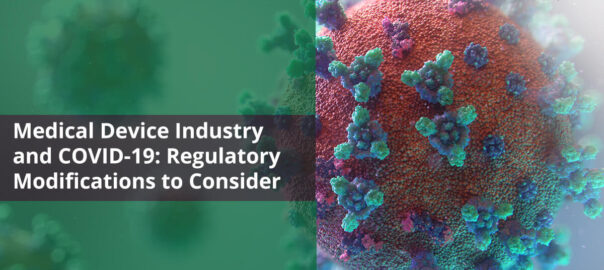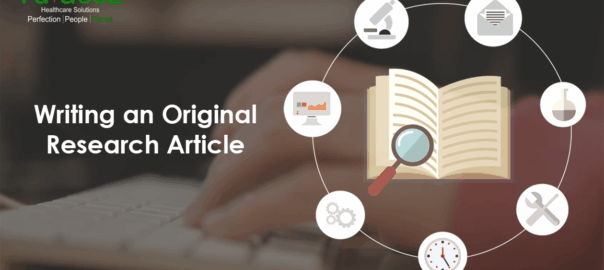“Content is the king”, they say. Keywords are the powerful weapons of your king. Words or phrases which represent your ideas or define the content in a manuscript are known as keywords. These act as context-specific probes helping researchers to find your manuscript better. The specific words that a researcher will write while looking through search engines, journals, indexing, etc. should be found in your manuscript. If this happens, the deal is yours!
What makes Keywords so important?
Keywords act as a roadmap to your article. They increase the exposure of your manuscript as readers and researchers follow the route shown by keywords. The search criteria followed by researchers or readers to find specific information is the keywords. So, it is very important to use accurate keywords in your manuscript as it allows search engines to find your manuscript easily and make it appear at the top of the search list.
The perfect example of what you reap is what you sow!
The right keywords will bring you more citations and credibility in the domain.
Click Here:- Avoiding Red Marks – Make Your Citations Perfect
What are the “right” keywords?
Here are a few tips to choose the right keywords: –
- Not the last step
Adding keywords to your document should not be your last step but do the research in advance. Do the research yourself using your keywords and see what you find. Plan before drafting how to use the keywords. Your keywords should appear not only in Google searches but also in Science Databases.
- Single words are not helpful
Your keyword should consist of more than one word. To prevent your manuscript from getting lost in the crowd, use detailed keywords. For example, “diabetes” or “medicine” is not the right keyword but “cause of diabetes” or “medication for diabetes” is the accurate choice depending upon your topic.
- The “methodology” is the trail
Use the name of techniques, methodology, and treatment as keywords in your manuscript. They lead in a specific direction. Accurate keywords ensure correct indexing and showcase the research to the interested groups.
- Begin with abstract and titles
If keywords are used wisely in abstracts and titles, it will be a plus point. Hold the reader from the beginning and then explain your story. But the keywords should come in naturally and not be forcibly imposed on the reader.
- Follow the guidelines
Every journal has its guidelines and instructions for keywords. The most important task is to follow them whether they want 5-6 words or phrases. Find what will aid in your publication, what will help in the literature search, and capture that.
Do you wish to know more about Publication Writing? Publication documents, guidelines, the structure of a paper, journal selection, submissions, conference presentations, and a lot more are just a click away. Turacoz is conducting a Certificate Course in Scientific Writing: End to End Journal Publication and Conference Presentation” on 23.07.2022 . Come join in! We assure you of an enriching experience and a smooth journey through the essentials!






